comprehensive guide to the Power of AutoML, HPO, and CASH for Optimizing Machine Learning Models 2024
Machine learning (ML) models are only as good as the hyperparameters used to train them. Setting the right hyperparameters can mean the difference between a successful model and one that fails to generalize. However, manually tuning these hyperparameters can be time-consuming and error-prone. Enter AutoML, Hyperparameter Optimization (HPO), and Combined Algorithm Selection and Hyperparameter Optimization (CASH) – powerful tools designed to automate and optimize this process.
In this blog, we will explore how AutoML, HPO, and CASH work together to improve the performance of machine learning models and help data scientists streamline their workflow.
Understanding ML Parameters and Hyperparameters
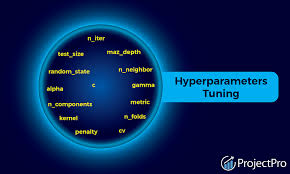
In machine learning, models consist of two main types of parameters:
- Model parameters are learned during the training process, such as the weights in a neural network or coefficients in linear regression. These parameters define how the input data is transformed into predictions.
- Hyperparameters, on the other hand, are set before training begins. These include things like the number of estimators in a Random Forest, the learning rate in a neural network, or the tree depth in decision trees. Hyperparameters determine the model’s structure and the training process itself, but they are not learned from the data.
Hyperparameter Tuning and Optimization
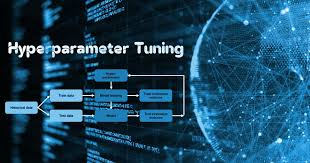
The process of hyperparameter tuning involves selecting the best combination of hyperparameters to optimize a model’s performance. This is a critical step in the machine learning lifecycle, as choosing the right hyperparameters can significantly impact the accuracy and generalizability of a model.
Hyperparameter optimization is a search problem where the goal is to find the combination of hyperparameters that leads to the best performance. This process is essential when comparing different machine learning models, as the same model can perform drastically better with the right hyperparameters.
What is HPO (Hyperparameter Optimization)?
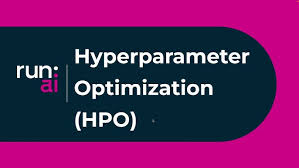
Hyperparameter optimization is a subfield of machine learning that focuses on automating the process of finding optimal hyperparameter values. Traditional methods like Grid Search and Random Search are commonly used but often inefficient. These methods search through the hyperparameter space in an uninformed manner, which can be computationally expensive and time-consuming.
To overcome these limitations, more sophisticated optimization techniques like Bayesian Optimization, Genetic Algorithms, and Bayesian Neural Networks have been developed. These approaches model the hyperparameter search space probabilistically, allowing for more efficient exploration and faster convergence.
The Combined Algorithm Selection and Hyperparameter Optimization (CASH)
While HPO focuses on tuning a single algorithm, the CASH problem addresses a broader challenge: selecting the right algorithm and hyperparameters together.
In the CASH problem, the goal is to select:
- The right algorithm (e.g., SVM, Random Forest, Neural Network) from a predefined set of models.
- The optimal hyperparameters for that algorithm.
This combined selection process is essential because different models perform better under different conditions, and selecting the best algorithm along with the optimal hyperparameters is a non-trivial task. The search space becomes significantly larger when considering both the choice of algorithm and its hyperparameters.
AutoML: Automating the Machine Learning Pipeline
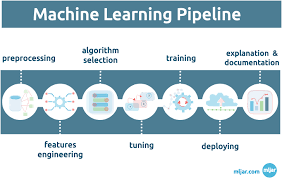
Automated Machine Learning (AutoML) is the process of automating the entire machine learning pipeline, from data preprocessing to model selection and hyperparameter tuning. The goal of AutoML is to make machine learning accessible to non-experts while improving the efficiency of experts.
AutoML platforms, such as auto-sklearn, TPOT, and H2O.ai, are designed to automate the tasks that data scientists traditionally handle manually. These tools help:
- Select the right algorithms for the data.
- Tune hyperparameters for optimal performance.
- Preprocess data by selecting features and handling missing values.
- Combine models through ensembling for better performance.
One key benefit of AutoML is that it helps accelerate the time it takes to deploy machine learning models into production. It simplifies the entire process, making machine learning more efficient and accessible.
Challenges and Limitations of AutoML
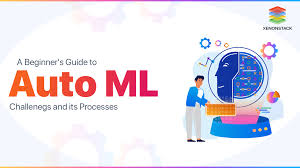
While AutoML can save time and improve model performance, it is not a magic bullet. There are still several challenges:
- Computational Resources: AutoML techniques, especially for hyperparameter optimization, can be resource-intensive, requiring significant computing power and time.
- Transparency: Many AutoML systems are black boxes, making it difficult to understand how the models arrived at their solutions. This lack of transparency can be a concern in critical applications where explainability is required.
- Data Quality: AutoML systems are highly dependent on the quality of the input data. Poor data quality or insufficient preprocessing can still lead to suboptimal models.
Practical Applications of AutoML, HPO, and CASH
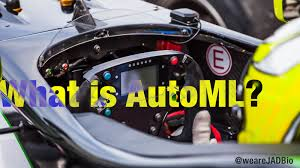
The combined power of AutoML, HPO, and CASH can be applied in several real-world scenarios:
- Medical Diagnostics: Automatically tuning ML models to identify diseases from medical images or patient data.
- Fraud Detection: Using HPO and CASH to optimize models that detect fraudulent transactions.
- Customer Segmentation: Applying AutoML to automatically select the best models and hyperparameters for marketing campaigns.
Conclusion
AutoML, HPO, and CASH are revolutionizing the way machine learning models are developed and optimized. By automating the process of model selection and hyperparameter tuning, these techniques make it easier for businesses to build high-performing models while saving valuable time and resources. While AutoML may not be a perfect solution for every use case, it is certainly a powerful tool for many applications, particularly in fields where computational resources and time are limited.
As the field of AutoML continues to evolve, we can expect even more sophisticated tools and techniques to further democratize machine learning and bring advanced AI to industries and applications that were once out of reach.